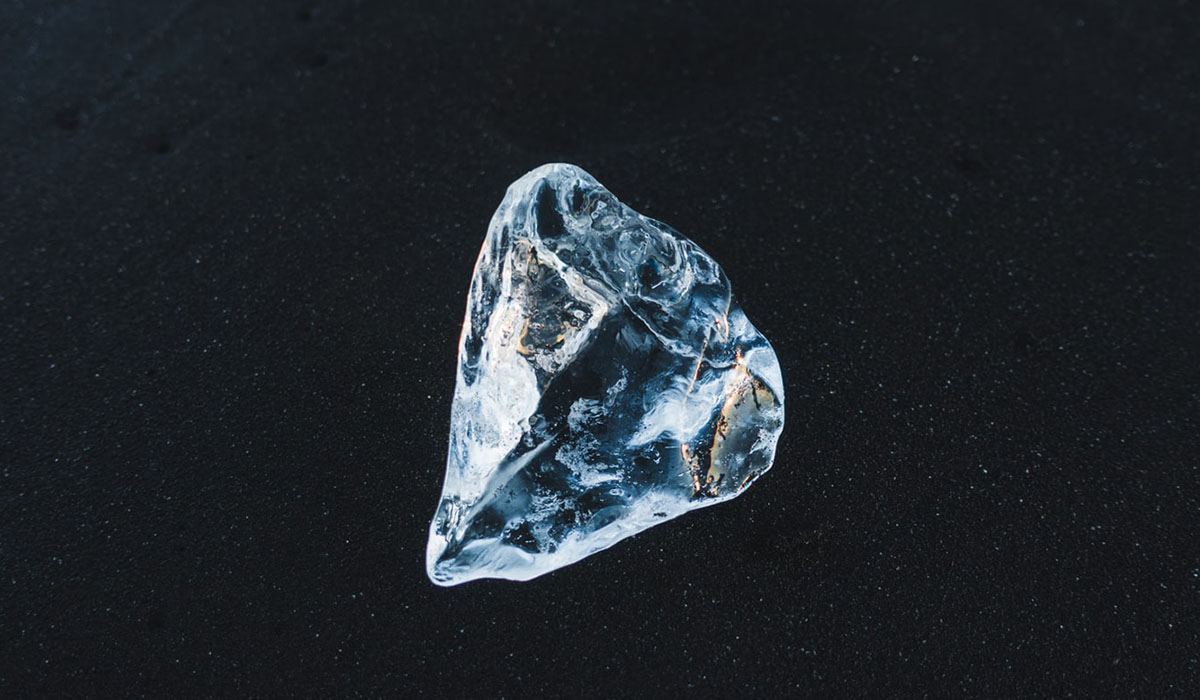Of course, the most talked-about
cause for concern of this energy source is the risk of accidents. But the other
major red flag is nuclear waste: heavily toxic by-products that take millennia
to degrade, must be safely stored in specific disposal sites, and are pretty
much impossible to recycle. (Some estimates suggest the US nuclear industry
spends up to $100 million a year to deal with waste.)
But recent efforts are showing
major progress in finding viable solutions. One comes from California-based
company NDB, which says it’s found a way to reuse radioactive waste to produce green, self-powered batteries that have the potential to shake up the energy ecosystem
as we know it.
It’s not clear yet if the
technology can be produced for a mass market or will be commercially viable: so
far, NDB has only presented a proof of concept and will work to deliver a
commercial prototype once its labs reopen after the pandemic.
Still, if all goes well, here’s
how they say it would work:
- Nuclear waste into batteries: NDB says the technology could purify the graphite contained in parts of reactors, converting it into radioactive carbon-14, which has a half-life of 5,730 years. The company designed carbon-14 nano diamonds that it says are able to produce a huge quantity of energy — and the battery cells would never need charging.
- Safety first: The batteries would be wrapped in additional layers of synthetic carbon-12 diamonds, which prevent radiation leaks. The company says that one battery would produce less radiation than the human body. Diamond is also a heat sink, as well as one of the hardest materials on earth — 11.5 times harder than steel — so the synthetic case could protect users from heat and shield the cell from falls, bumps and even car crash
- Off-grid power:
Batteries would be near-inexhaustible, and could deliver energy for a long time
without needing to be recharged. This means people could have access to power
without being connected to the grid, freeing societies of heavy infrastructure
investments.
- Goodbye lithium: NDB
says the batteries would outlive the lithium-ion ones most of our devices
currently rely on by many years. Just how long their lives will be depends on
their application. Recent NDB estimates say that cell-phone batteries could
last up to nine years. Car batteries could go on for 90 years. And in some
small sensor applications? A staggering 28,000 years.
